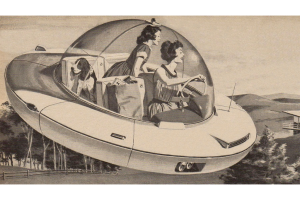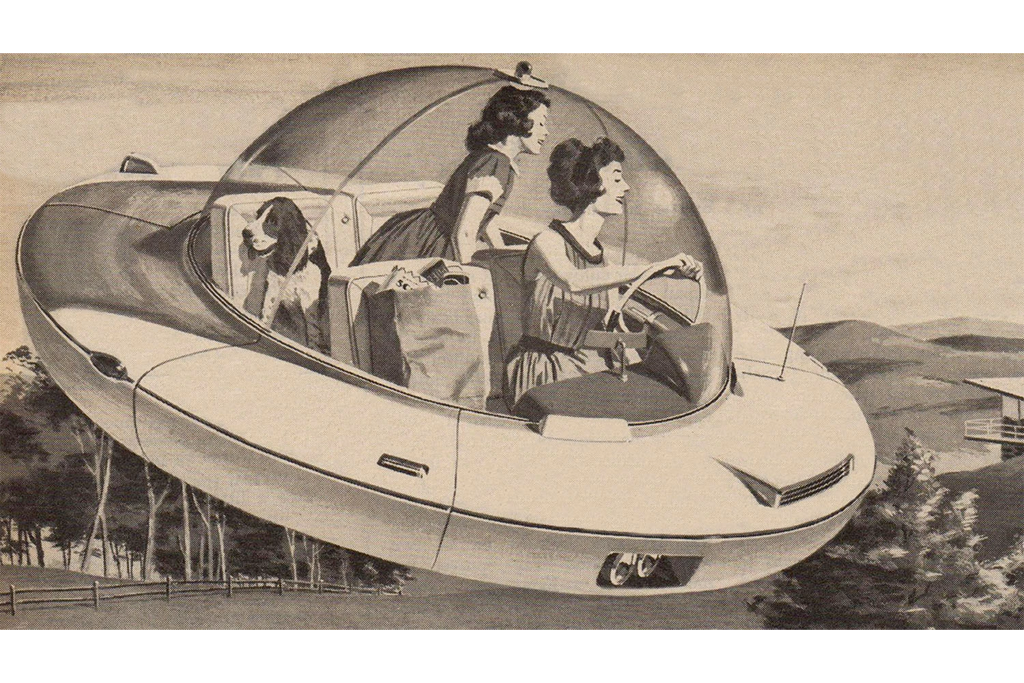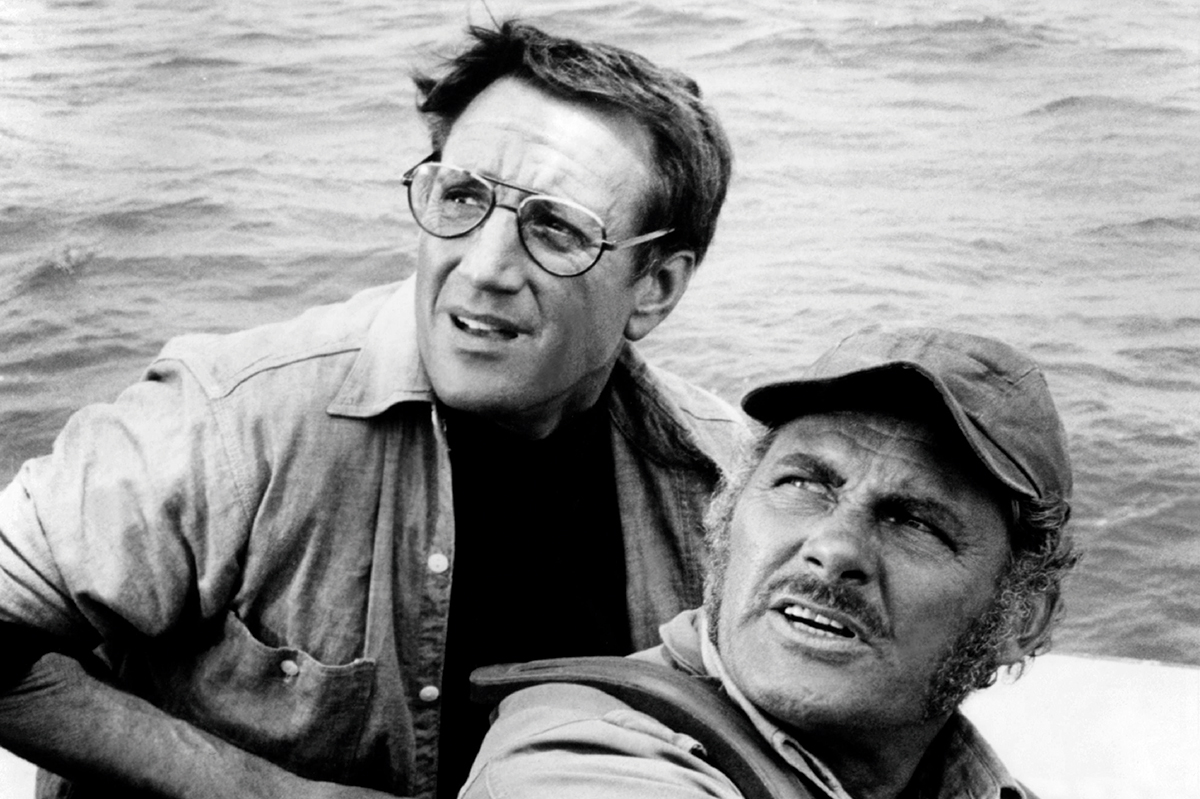There’s a scene in Evelyn Waugh’s The Loved One in which a magazine’s advice columnist “the Guru Brahmin” (in fact “two gloomy men and a bright young secretary”) receives yet another letter from a compulsive nail-biter: “What did we advise her last time?” Mr. Slump, the chain-smoking drunk, asks. “Meditation on the Beautiful.” “Well, tell her to go on meditating.”
The opening of Paul Hawken’s Carbon gives the impression that it was dictated by the gloomy Mr. Slump in response to a climate activist asking what he should think about the destruction of the planet. Tell him that “to better understand the riddles and luminosity of life” he must “go far upstream, and look at the flow of life through the lens of carbon.” (That is, to understand the world and how it works, look at something almost completely abstract.) Or he must remember that carbon is “the narrator of lives born and lost, futures feared and imagined… The flow of carbon is a story that may allow us to escape the labyrinth of anxiety, ignorance and fear the world bequeaths.”
It is clear then from the beginning that this is not to be the intriguing biography of carbon (“the most misunderstood yet versatile element on the planet”) that the title suggests, grounded in science and research. In fact, it is not really a book about science at all. It is a series of essentially self-contained essays on the theme of the oneness of life, with all the predictable references to “other ways of knowing” and the “ancient teachings” of “Hindu or Buddhist cosmologies.” Carbon is merely a peg, being, as it is, “90 percent of the molecules in interstellar clouds and 99 percent of the 33 million substances on Earth.”
Life is one; life is carbon; we are carbon; we are life; we are one. But there’s the rub. In our world, at this stage in human history, carbon is also the main source of death and destruction. Climate change, fueled by carbon-based molecules, is an existential threat to our – carbon-based – species. We are life; we are death. It is this delightful irony which provides the basis of this “book of life” and loosely strings together 15 short essays into one precarious carbon-based whole.
Really more of a pamphlet, Carbon lacks the conviction or mastery of style to be very interesting. It is sporadically anti-capitalist (“The vanity of the solitary, self-sufficient individual exists solely in comic books and westerns. Most aspects of modernity amplify the delusion”), though it is unlikely to convince anyone even mildly supportive of capitalism. It is merely an occasional argument, almost half-remembered and certainly forgotten for most of the book, not the underlying basis of a radical case for change. The impression is that the author, an American businessman, does not quite believe it, or even really understand it (a common theme) himself.
The book is also anti-science – or at least sympathetic to the idea that our post-Enlightenment approach to knowledge is flawed. This is not in itself crazy, of course: Werner Heisenberg argued something similar in Physics and Philosophy (1958). But Hawken is clearly a writer with little scientific training. His criticism of the “unswerving rationalism” of the age of Enlightenment, “that putatively explained the natural world,” requires reference to those “original inhabitants who lived continuously on the same land for over 50,000 years and see nature differently,” and “anthropologists and ethnographers who have studied indigenous people and who credibly interact and speak to plants.” The lack of “scientific follow-through” on the latter is because “we use ourselves as a reference point for what is possible or not.”
Through all this, remember, “the flow of carbon weaves.” Junk science and Guru Brahmin insights combine to produce 200-odd pages on the “unity of all.” But along the way there are some interesting things to learn for the curious and committed reader: for example, that there is no accepted definition for life in the universe, though this seems to be more a problem of grammar; about the ecology of insects, climate change, the Gaia hypothesis and life in space; even about the homogeneity of all “life.” It is all interesting, up to a point. But that point is somewhere around talking to fish: “The ethics committee had approved her research; the fish made it known they had not.”
The logical conclusion is that we are part of one conscious being. Thus, in the final chapter, Hawken remembers why he started this: climate change and self-destructive capitalism. He picks up the thread, as if anything he had said in the previous 100 pages had made his argument any more convincing. “Top-down corporate solutions for saving life will fail because nature is not top-down.” I am sympathetic to the cause but not sure that follows. (Why do corporations succeed, then?) This is not Chomsky, not Marx. It says much that neither is mentioned – presumably they are too representative of the unswerving rationalism of the Enlightenment. Instead, we are left with such insights as: “Our intention and reward are the same – to experience and express the irrevocable connection to all beings.” That is, Meditation on the Beautiful.


























Leave a Reply